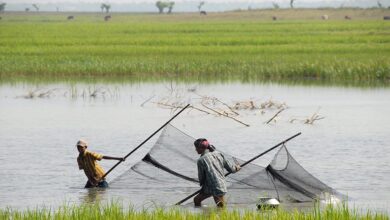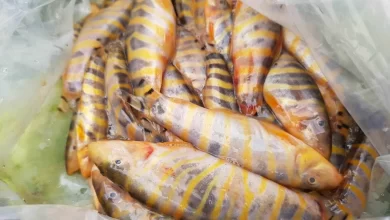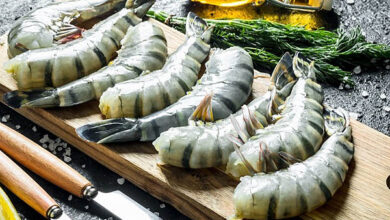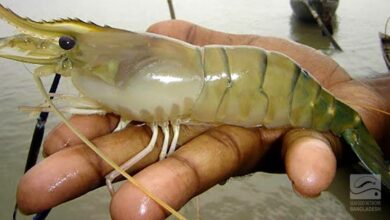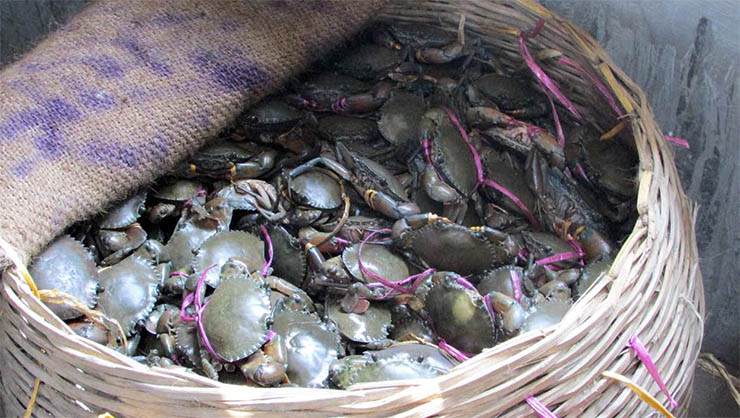
In Bangladesh, there are about 300,000 people who are engaged in mud crab (Scylla serrata) business chains like farming, supply, marketing etc. The demand for crabs is rising day by day both in domestic and international markets. The mud crab may be the healthiest option because of its high protein and low fat content. The mangrove and coastal areas are the primary source of mud crabs, but farmers are now culturing crabs for the profit gain. Though in the existing value chain, the intermediaries known as Farias or Aratdars, are the biggest winners.
Mud Crab Farming in Bangladesh:
Mud crab farming is growing in popularity in Bangladesh’s coastal areas. It is a promising potential exportable item and a source of income for Bangladesh’s coastal underprivileged people.
The geographical location and climate of Bangladesh, make it the most fertile coastal region in the world. Mud crab farming is ideally suited to Bangladesh. Because of the natural condition, Mud crab farming has become simpler in the coastal districts, Satkhira and Cox’s Bazar regions. Availability of brackish water, ideal salinity and temperature conditions made favorable for crab farming in this area. Mud crabs are more resilient to harmful environmental factors and the effects of climate change than shrimp. For that reason, many shrimp farmers are switching over to mud crab farming in Bangladesh.
There are three kinds of farming group activities that have been overserved in the Satkhira area. The primary group of farmers collect the crablets from the suppliers. Then the crablets are reared till to a certain weight stage to sell again to the secondary farmers group. Now the 2nd group of farmers purchase them for fattening and once they reach optimum weights, they sell them to the exporting entities. There are other group farmers, who rear mud crabs for collecting the molted one which is called “soft shell crab”.
The process of soft shell crab farming involves maintaining crabs separately in plastic containers in brackish water ponds. Supplementing their diets, and harvesting the crabs right after molting, when the exoskeleton is shed. In Cox’s Bazar, soft shell crab farming is taking place recently on a very small scale. But there are thousands of hard sell crab farmers in 6 upazila of Cox’s Bazar. This number is increasing every year.
The Sundarbans and coastal regions of the Cox’s Bazaar are the primary sources of crab seeds used in the current mud crab aquaculture. Crab seeds are found in abundant numbers throughout the long coastal line. Seed supply is entirely dependent on wild sources. A significant amount of crab seeds is being taken because of crab farming in Bangladesh due to the increase of crab farmers. Every year for a certain period of time, crab seed collection is prohibited by the rule of the department of fisheries to protect the biodiversity
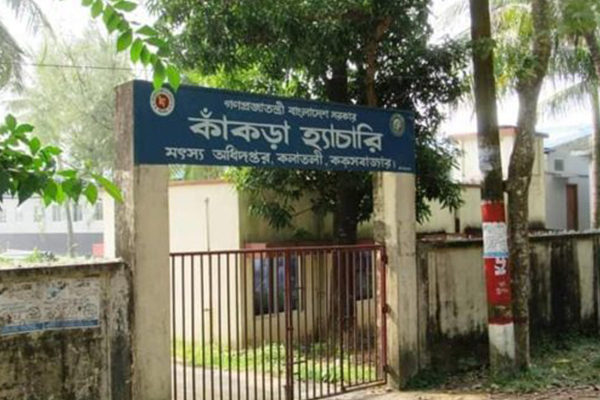
Crab hatchery can be the best answer for biodiversity risk. There’s a govt crab hatchery at Kolatali, Cox’s Bazaar. Unfortunately, it was closed from a few days after the inauguration program back in 2019, due to the absence of a technical person. There are a couple of other crab hatchery initiatives available in the country with the association of PKSF. One at Shyamnagar, Satkhira and another one at Kolatoli, Cox’s Bazaar.
Exporting Potentiality of Crabs in Bangladesh:
Bangladeshi mud crabs are exported to many countries around the globe. Asian countries such as Malaysia, Singapore, China, Hong Kong are importing hard shell live mud crabs. Where Japan, South Korea are mostly importing live frozen soft shell crab. Australia, USA and EU countries are importing soft shell crabs from Bangladesh as well. The Netherlands and Germany are the top soft shell crab importer among the EU nations.
Bangladesh’s crabs already have a good reputation among the importing countries. This sector now requires more exposure and new markets to excel. Bangladesh Mud Crab industry is still in the learning stage compared to other crab exporting countries. So, it can be an opportunity for the foreign importing entities. Among many, companies like Handy Inc, DNI group from USA, Fisherman’s Choice, Seafood Connection from the Netherlands are importing soft shell crab from Bangladesh. These companies know their business very well and it’s evident Bangladesh’s crab industry is on the right track.
According to EPB (Export promotion) data, during the current FY22-23, so far $5.27 million has been earned. Whereas in July to Dec FY21-22, it was $11.82 million. Ongoing recession has a great impact on the export trend all over the world. Bangladesh is no different.
According to Shafiqul Alam, live crab exporter, “We mostly ship crabs to China where there is a great demand for it”. During the winter, hard shell crabs are frequently available, according to Alam. The industry has some difficulties. We have a limited number of countries where we can export. Additionally, there are times when flights are full and shipment of live crab gets delayed. Which resulted in huge loss for the death of the crabs. He urged the government to pay extra care and incentives for boosting crab exports.
Along with solving existing issues, we found out, there should be more crab hatcheries to supply crab seeds to the farmers. During the peak season, farmers are always in shortage. If the supply is ensured, this sector can generate 3 folds of foreign revenue than the regular.

